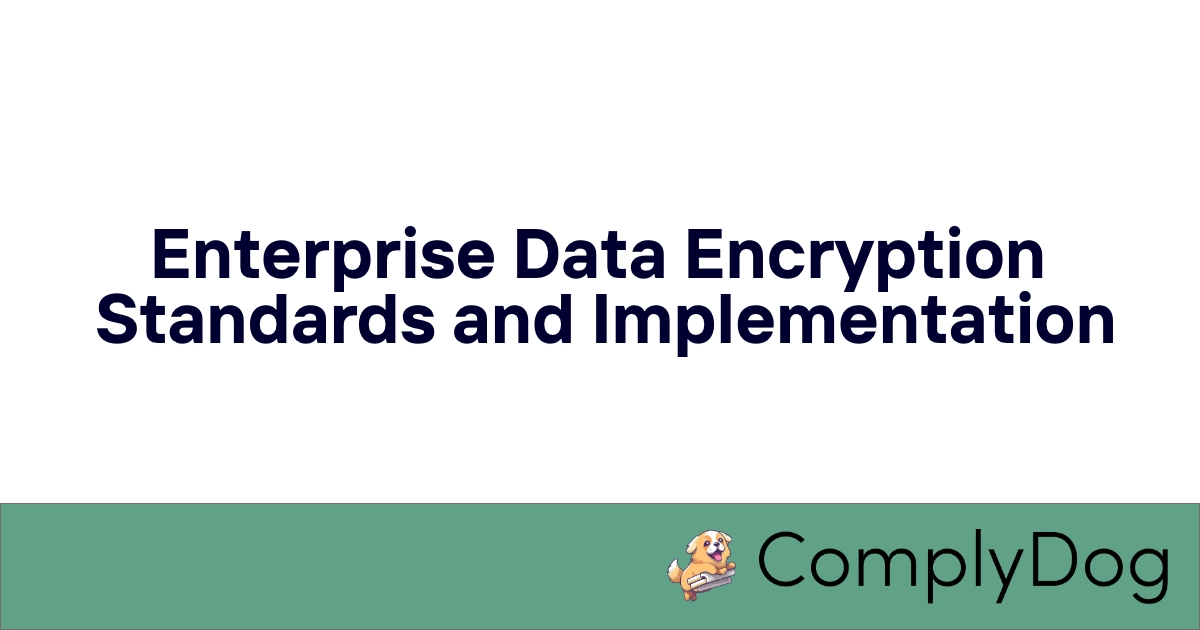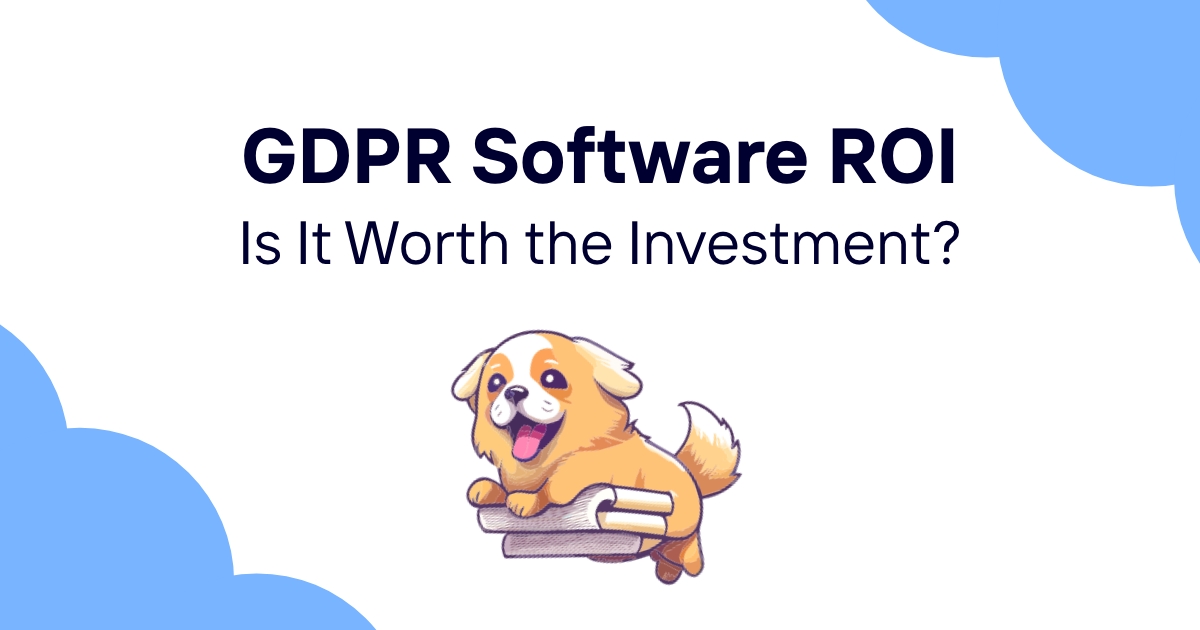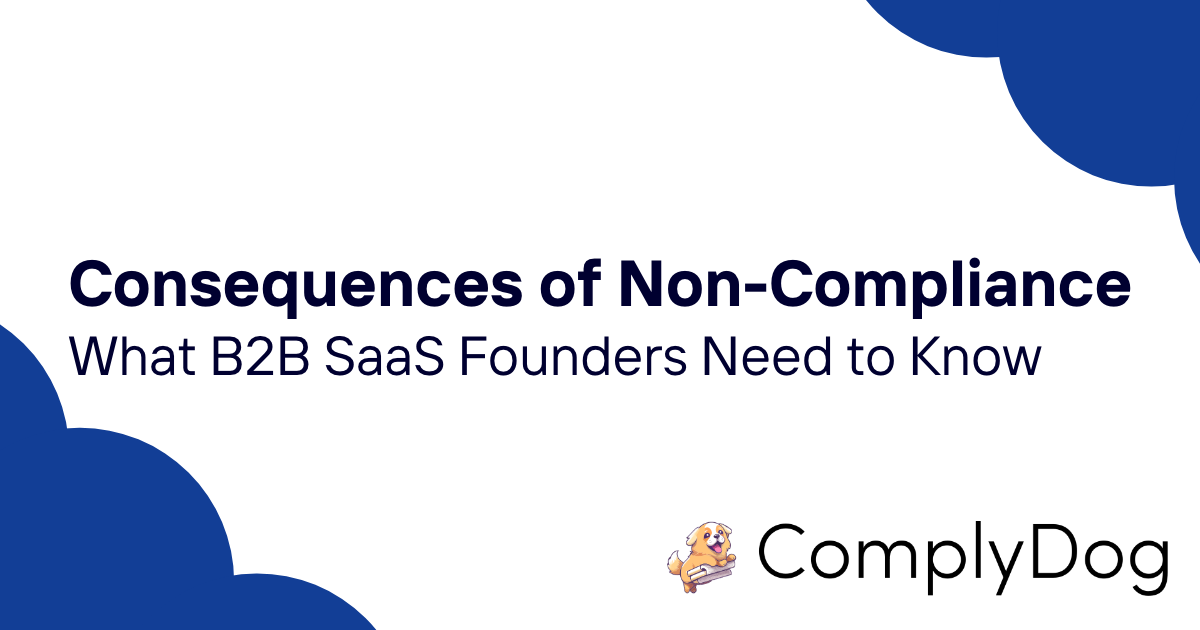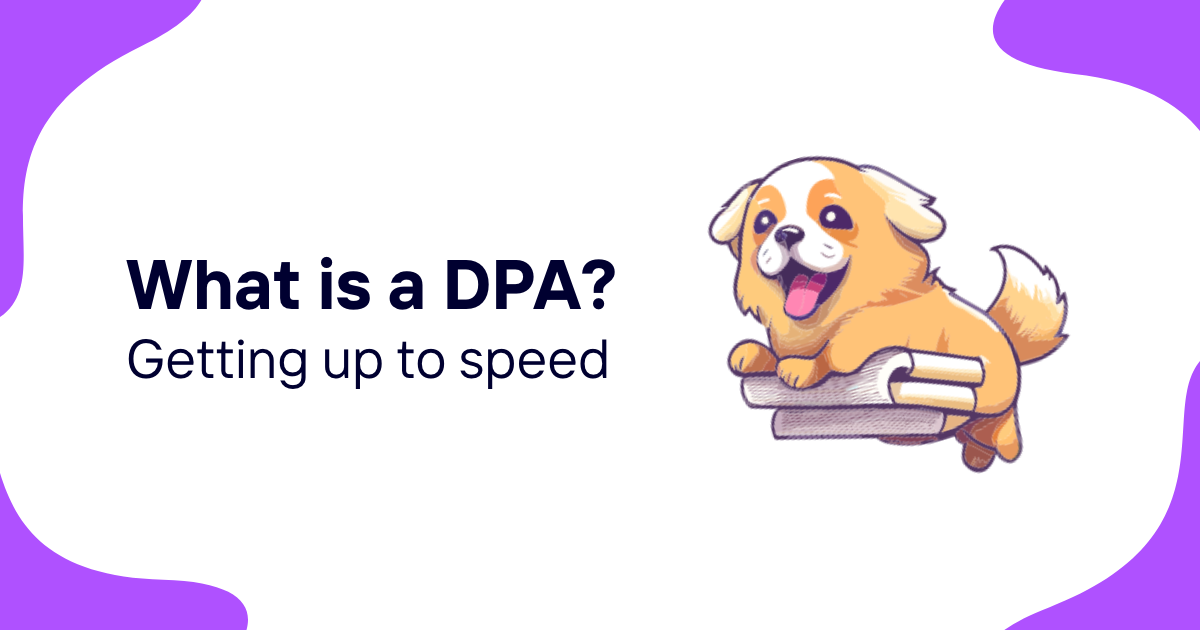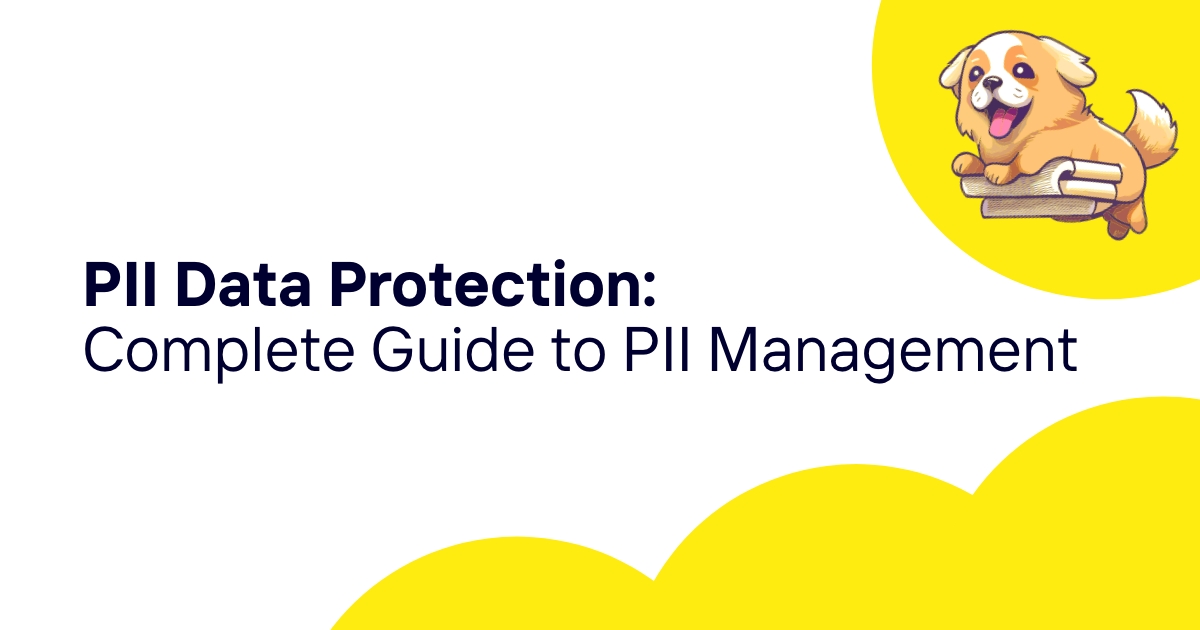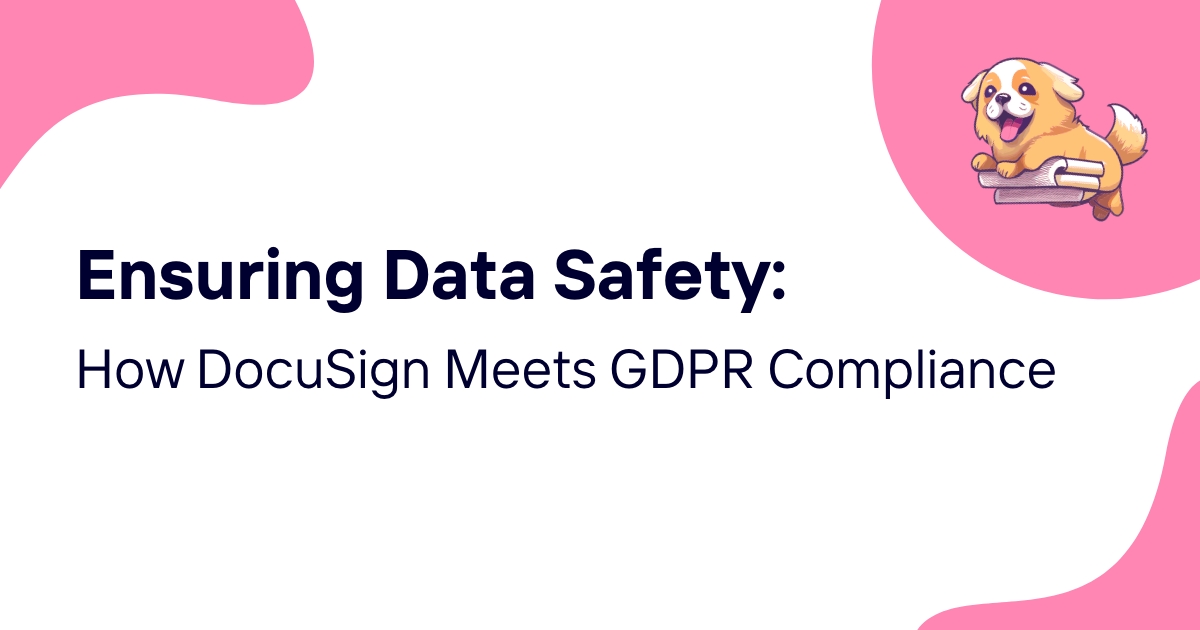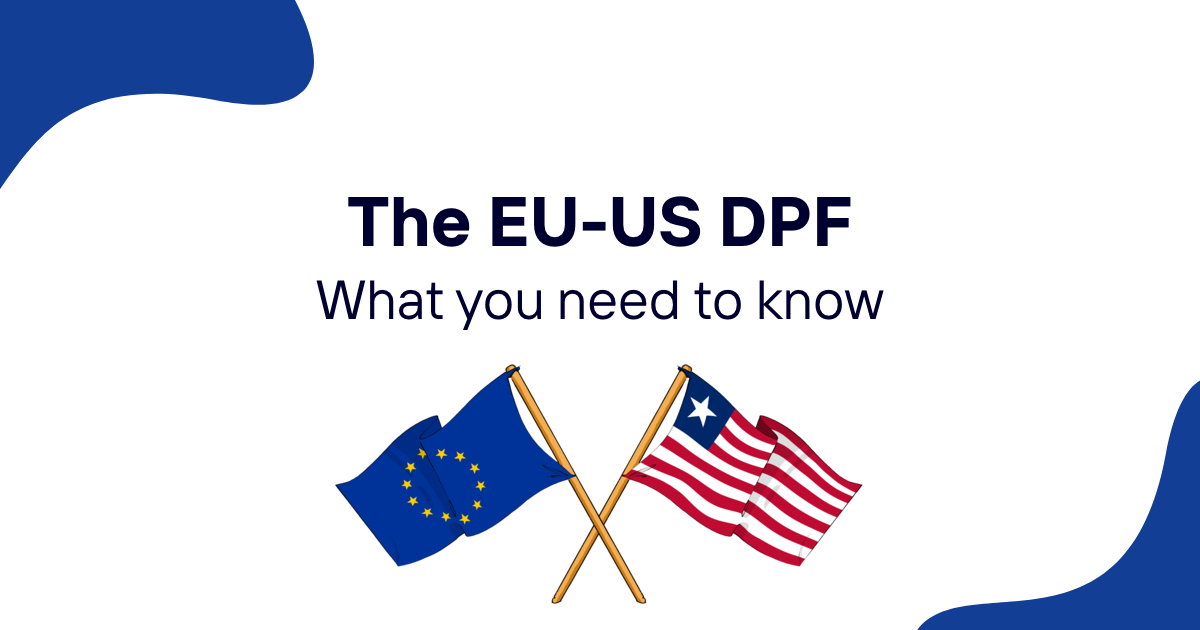Corporate data breaches cost companies an average of $4.88 million per incident. That number alone should make every business leader sit up and pay attention. Yet here's the kicker: in 97% of data breaches, the stolen information wasn't encrypted. Think about that for a moment – nearly every major data disaster could have been prevented with proper encryption protocols.
Enterprise data encryption transforms sensitive business information into unreadable code that only authorized parties can decipher. This isn't just about compliance checkboxes or IT department wishful thinking. Modern encryption serves as the last line of defense when everything else fails.
The ransomware gangs figured this out years ago. They've shifted tactics from simply encrypting systems for ransom to extracting unprotected data and threatening public exposure. One New Jersey hospital recently paid $670,000 to prevent attackers from releasing 240GB of unencrypted patient records they'd stolen. The hospital had backups to restore their systems, but couldn't risk the regulatory fines and reputational damage from exposed patient data.
But encryption isn't just about preventing worst-case scenarios. Smart implementation can streamline operations, improve data governance, and create competitive advantages. The challenge lies in moving beyond theoretical benefits to practical deployment that actually works for real businesses.
Table of contents
- What makes enterprise data encryption different
- Core encryption standards for business data
- Federal compliance requirements driving adoption
- Three states of data protection
- Implementation challenges organizations face
- Data classification strategies that work
- Automation reduces human error
- Integration with existing business systems
- Access control and monitoring capabilities
- Cost-benefit analysis of encryption programs
- Building organizational encryption culture
- Technology selection criteria
- Measuring encryption program success
What makes enterprise data encryption different
Personal encryption tools protect individual files or devices. Enterprise encryption operates at an entirely different scale and complexity level. Business environments require centralized management, policy enforcement across thousands of users, integration with corporate directories, and audit capabilities that satisfy regulatory requirements.
Enterprise solutions must handle diverse data types across multiple platforms. Financial records in ERP systems need protection. HR databases containing employee information require safeguards. Strategic documents shared between departments demand access controls. Each category presents unique technical and operational challenges.
Scale creates complexity that home users never encounter. When a single organization manages encryption keys for 10,000 employees accessing data from various devices and locations, the technical infrastructure requirements multiply exponentially. Key management becomes a specialized discipline requiring dedicated expertise and robust backup procedures.
Compliance requirements add another layer of complexity. Healthcare organizations must satisfy HIPAA regulations. Financial institutions face SOX requirements. Companies handling European customer data must meet GDPR standards. Each regulatory framework specifies different encryption standards, key management practices, and audit documentation requirements.
Business continuity demands never stop. Unlike personal encryption where temporary access loss might be inconvenient, business operations cannot tolerate encryption systems that prevent legitimate users from accessing required information. Enterprise solutions must balance security with operational efficiency.
Core encryption standards for business data
Modern enterprise encryption relies on Advanced Encryption Standard (AES) with 256-bit keys as the baseline security level. This standard provides computational security that would require more energy than the sun produces to break through brute force attacks. Government agencies, financial institutions, and healthcare organizations worldwide have adopted AES-256 as their minimum acceptable encryption strength.
Key management separates professional implementations from amateur attempts. Proper key management involves secure generation, distribution, storage, rotation, and destruction of encryption keys throughout their lifecycle. Organizations typically implement Hardware Security Modules (HSMs) or dedicated key management services to handle these critical operations.
Certificate-based authentication provides scalable access control for large organizations. Rather than managing individual passwords for each encrypted resource, certificate systems leverage existing corporate identity infrastructure. Users authenticate once through their corporate login, then access encrypted resources based on their assigned permissions and group memberships.
Transport Layer Security (TLS) protects data moving between systems. Version 1.3 represents the current standard, offering improved performance and security over earlier versions. Organizations should audit their systems to remove support for deprecated TLS versions that contain known vulnerabilities.
Algorithm selection depends on specific use cases and performance requirements. While AES-256 works well for file encryption, database encryption might benefit from format-preserving encryption that maintains data structure for application compatibility. Streaming data might require different algorithms optimized for real-time processing.
Federal compliance requirements driving adoption
Executive Order 14028 on Improving the Nation's Cybersecurity established encryption as a federal mandate for government agencies and contractors. This order requires agencies to implement zero-trust architecture principles, including comprehensive data encryption for sensitive information at rest and in transit.
OMB M-22-09 provides specific implementation guidance for zero-trust strategies. The memorandum requires agencies to encrypt all data in transit and at rest, implement strong authentication mechanisms, and maintain detailed audit logs of data access activities. These requirements often flow down to private sector contractors through contract terms.
FISMA compliance affects any organization working with federal agencies. The Federal Information Security Management Act requires specific security controls, including encryption of sensitive data. Organizations must document their encryption policies, procedures, and technical implementations to demonstrate compliance during audits.
Industry-specific regulations create additional encryption requirements. Healthcare organizations must encrypt protected health information under HIPAA. Financial institutions face encryption requirements under SOX, PCI DSS, and banking regulations. These regulations often specify minimum encryption standards and key management practices.
State privacy laws add another compliance layer. California's CCPA, Virginia's CDPA, and similar state regulations require organizations to implement appropriate security measures for personal information. Encryption serves as both a security control and a legal safe harbor that can reduce liability in case of data breaches.
Three states of data protection
Data exists in three distinct states, each requiring different encryption approaches. Data at rest sits in databases, file systems, and backup storage. Data in transit moves between systems over networks. Data in use remains active in computer memory during processing. Comprehensive protection requires addressing all three states.
Encryption at rest protects stored information from unauthorized access. Database encryption can operate at multiple levels: transparent data encryption handles entire databases, column-level encryption protects specific sensitive fields, and application-level encryption gives developers granular control. File system encryption protects documents, images, and other unstructured data stored on servers and workstations.
Transit encryption secures data moving between systems. Network communications use TLS to create encrypted tunnels that prevent eavesdropping and tampering. VPN connections extend this protection to remote users accessing corporate resources over untrusted networks. API communications require proper TLS implementation to maintain security as data flows between applications.
In-use encryption represents the newest and most challenging protection category. Traditional encryption requires decrypting data before processing, creating vulnerability windows. Homomorphic encryption allows computation on encrypted data without decryption. Confidential computing uses hardware-based trusted execution environments to process sensitive data while maintaining encryption protection.
Memory protection prevents unauthorized access to decrypted data during processing. Application-level controls ensure that sensitive information gets cleared from memory after use. Hardware security features like Intel's Software Guard Extensions (SGX) create protected memory regions that remain encrypted even from privileged system access.
Implementation challenges organizations face
User adoption represents the biggest barrier to successful encryption programs. Employees resist changes that complicate their daily workflows. Traditional encryption tools require users to manage passwords, install software, and follow complex procedures that interfere with productivity. Organizations must select solutions that integrate seamlessly with existing workflows to minimize user friction.
Legacy system integration creates technical obstacles. Older applications may not support modern encryption standards or may break when encrypted data gets introduced. ERP systems, custom databases, and specialized industry applications often require significant modification or replacement to work with encrypted information. Migration planning must account for these compatibility issues.
Performance impact concerns prevent some organizations from implementing comprehensive encryption. Encryption and decryption operations consume computational resources that can slow application performance. Modern hardware acceleration and optimized algorithms minimize these impacts, but organizations must still plan for increased CPU and memory usage during peak operations.
Key management complexity grows exponentially with organizational size. Large enterprises may need to manage millions of encryption keys across thousands of systems and users. Proper key lifecycle management requires specialized expertise, dedicated infrastructure, and robust backup procedures. Many organizations underestimate the operational overhead of professional key management.
Audit and compliance documentation requirements add administrative burden. Organizations must maintain detailed records of encryption policies, key management procedures, access controls, and security monitoring activities. These documentation requirements often exceed the effort required for technical implementation.
Data classification strategies that work
Effective encryption starts with understanding what information needs protection. Data classification systems help organizations identify sensitive information and apply appropriate protection levels. Simple classification schemes work better than complex ones that users find difficult to apply consistently.
Three-tier classification systems provide practical guidance for most organizations. Public information requires no encryption. Internal information needs basic protection during storage and transmission. Confidential information demands strong encryption, access controls, and audit logging. Each tier corresponds to different technical controls and user responsibilities.
Risk-based classification considers the potential impact of data exposure. Information that could harm customers, employees, or the organization receives higher classification levels. Trade secrets, financial data, and personal information typically require confidential classification. Marketing materials and published policies might qualify as public information.
Automated classification tools reduce human error and improve consistency. Data loss prevention (DLP) systems can scan files and databases to identify sensitive information patterns like credit card numbers, social security numbers, or health records. Machine learning algorithms can classify documents based on content analysis and contextual clues.
User training programs help employees understand classification requirements and apply them correctly. Training should include practical examples relevant to each department's work. Sales teams need guidance on protecting customer information. HR staff must understand employee data sensitivity. Finance teams require specific guidance on handling financial records.
Automation reduces human error
Manual encryption processes fail at enterprise scale. Users forget to protect sensitive files. Passwords get shared inappropriately. Key management procedures get skipped under deadline pressure. Automation removes human decision-making from routine protection tasks while maintaining security standards.
Policy-based encryption triggers protection automatically based on predefined rules. Files stored in specific folders can receive automatic encryption. Documents containing credit card numbers or social security numbers get protected when created or modified. Email messages to external recipients can trigger encryption based on sender, recipient, or content analysis.
Workflow integration embeds encryption into existing business processes. Document management systems can apply encryption transparently when users save files. Email platforms can encrypt messages based on recipient addresses or subject line keywords. Database applications can encrypt sensitive fields without requiring application modifications.
Monitoring and alerting systems track encryption compliance across the organization. Automated reports identify unprotected sensitive data, encryption policy violations, and system configuration problems. Real-time alerts notify security teams when users attempt to share encrypted data inappropriately or when encryption systems experience failures.
Machine learning algorithms improve automation accuracy over time. Content analysis engines learn to identify sensitive information patterns specific to each organization. User behavior analytics can detect unusual access patterns that might indicate security threats. Automated systems become more effective as they process more organizational data.
Integration with existing business systems
Enterprise encryption must work with existing corporate infrastructure rather than replacing it. Single sign-on (SSO) integration allows users to access encrypted resources using their standard corporate credentials. Active Directory integration provides centralized user management and group-based access control for encrypted data.
Application programming interfaces (APIs) enable custom integrations with specialized business systems. ERP platforms can encrypt sensitive financial data automatically. CRM systems can protect customer information without changing user interfaces. Custom applications can leverage encryption services through standard API calls.
Cloud service integration extends encryption protection to software-as-a-service (SaaS) applications. Cloud Access Security Brokers (CASB) can apply encryption policies to data stored in Dropbox, Google Workspace, Microsoft 365, and other cloud platforms. Organizations maintain control over their encryption keys even when data resides in external cloud services.
Database integration options range from transparent encryption to application-level controls. Transparent Data Encryption (TDE) protects entire databases without application changes. Column-level encryption provides granular protection for specific sensitive fields. Application-level encryption gives developers complete control over protection policies and key management.
Mobile device management (MDM) systems extend encryption policies to smartphones and tablets. Corporate applications can enforce encryption for local data storage and network communications. Remote wipe capabilities can delete encryption keys to render stolen devices unusable even if the physical security gets compromised.
Access control and monitoring capabilities
Traditional encryption operates like a lock with a single key – anyone with the key can access everything. Enterprise encryption requires granular access controls that limit what users can do with encrypted information even after successful authentication. These controls prevent insider threats and limit damage from compromised credentials.
Role-based access control (RBAC) assigns permissions based on job functions rather than individual user accounts. Finance staff can access financial records but not HR data. Sales teams can view customer information but cannot modify pricing data. IT administrators might have broad access but limited ability to view actual business content.
Time-limited access prevents unauthorized access through old credentials. User permissions can expire automatically after specified periods. Project-based access can terminate when assignments end. Temporary contractor access can be revoked precisely when contracts expire. These controls reduce the risk from forgotten user accounts and credential sharing.
Geographic restrictions limit access based on user location. Sensitive information might be restricted to specific office locations or countries. Remote access policies can apply different encryption and monitoring requirements for users connecting from untrusted networks. These controls help organizations comply with data residency requirements and reduce risks from compromised remote access.
Audit logging captures detailed records of who accesses what information when and from where. These logs support forensic investigations, compliance reporting, and security monitoring. Real-time monitoring can detect unusual access patterns that might indicate security threats or policy violations.
Cost-benefit analysis of encryption programs
Encryption program costs include software licensing, hardware infrastructure, implementation services, training, and ongoing operational expenses. Small organizations might spend $50,000-$100,000 for basic encryption capabilities. Enterprise implementations can cost millions of dollars for comprehensive protection across thousands of users and systems.
Data breach costs provide the clearest justification for encryption investments. The average data breach costs $4.88 million, but encrypted data breaches cost significantly less. Organizations with comprehensive encryption programs report 51% lower breach costs compared to those without encryption. These savings alone often justify encryption program expenses.
Regulatory fines create additional financial risks that encryption can mitigate. GDPR fines can reach 4% of annual revenue. Healthcare organizations face HIPAA fines up to $1.5 million per incident. Financial institutions may face multiple regulatory actions for single security failures. Encryption provides legal safe harbors that can reduce or eliminate these financial penalties.
Operational benefits include improved data governance, reduced manual security processes, and enhanced business partner trust. Automated encryption policies eliminate manual file protection tasks. Encrypted communications enable secure collaboration with external partners. Customer confidence improves when organizations demonstrate strong data protection practices.
Business continuity improvements justify encryption investments through reduced downtime and faster recovery from security incidents. Encrypted backups protect against ransomware attacks that might otherwise halt business operations. Geographic data replication becomes feasible when encryption addresses regulatory restrictions on cross-border data transfers.
Building organizational encryption culture
Successful encryption programs require cultural changes that go beyond technical implementation. Employees must understand their role in protecting organizational information and feel empowered to make appropriate security decisions. This cultural shift takes time and requires consistent leadership commitment.
Executive leadership must demonstrate visible commitment to data protection through policy statements, resource allocation, and personal behavior. When executives consistently follow encryption policies and allocate sufficient budgets for proper implementation, employees recognize the program's importance. Leadership messaging should connect data protection to business success rather than treating it as a compliance burden.
Training programs must address specific job functions rather than generic security awareness. Sales teams need training on protecting customer information during travel. HR staff require guidance on handling employee records securely. Finance teams must understand requirements for protecting financial data. Role-specific training creates practical knowledge that employees can apply immediately.
Recognition programs can reinforce positive security behaviors. Organizations might recognize departments that achieve perfect encryption compliance or employees who identify security improvements. Public recognition during company meetings or internal communications helps establish data protection as a valued organizational behavior.
Incident response procedures should treat encryption failures as learning opportunities rather than punishment occasions. When employees make mistakes, organizations should focus on improving processes and training rather than assigning blame. This approach encourages reporting of security incidents and helps organizations identify systemic problems.
Technology selection criteria
Enterprise encryption technology selection requires balancing security, usability, performance, and cost considerations. Organizations must evaluate solutions based on their specific requirements rather than generic feature lists. The best encryption solution is the one that gets used consistently across the organization.
Scalability requirements depend on organizational size and growth plans. Small businesses might need solutions supporting hundreds of users. Large enterprises require systems managing hundreds of thousands of users across multiple geographic locations. Cloud-based solutions often provide better scalability than on-premises implementations.
Integration capabilities determine how well encryption solutions work with existing business systems. Organizations should prioritize solutions that integrate with their current identity management, email, file sharing, and database systems. Custom integration requirements might favor solutions with robust API support.
Management console capabilities affect day-to-day operational efficiency. Administrators need centralized dashboards showing encryption status across all organizational systems. Automated reporting capabilities reduce manual compliance documentation efforts. Self-service capabilities enable users to resolve common problems without IT support.
Vendor evaluation should consider financial stability, technical support quality, and long-term product development commitment. Organizations need assurance that encryption vendors will provide ongoing support and security updates. Reference customers in similar industries can provide valuable implementation insights.
Measuring encryption program success
Encryption program metrics should align with business objectives rather than focusing solely on technical measurements. Successful programs demonstrate measurable improvements in data protection, compliance posture, and operational efficiency. These metrics help justify continued investment and identify areas needing improvement.
Coverage metrics track what percentage of sensitive data receives appropriate encryption protection. Organizations should measure encryption coverage across different data types, storage locations, and user populations. Goals might include 100% encryption for customer financial information, 95% coverage for employee records, and 90% protection for strategic business documents.
Compliance metrics demonstrate adherence to regulatory requirements and internal policies. Organizations should track audit findings, regulatory examination results, and policy exception rates. Improving compliance metrics reduce legal risks and demonstrate program effectiveness to executives and board members.
User adoption metrics indicate how well employees embrace encryption tools and policies. Low adoption rates might indicate usability problems or insufficient training. High adoption rates with frequent policy violations might suggest inadequate user education. Balanced adoption and compliance metrics indicate successful program implementation.
Incident metrics track security events involving encrypted and unencrypted data. Organizations should compare breach costs, regulatory fines, and recovery times for incidents involving protected versus unprotected information. These metrics provide concrete evidence of encryption program value and guide future investment decisions.
Business impact metrics connect encryption programs to operational outcomes. Reduced time-to-market for new products might result from improved secure collaboration capabilities. Customer satisfaction improvements might follow from demonstrated data protection commitments. Partner relationship improvements might result from enhanced security capabilities.
Modern businesses cannot afford to leave sensitive data unprotected. Enterprise data encryption provides essential safeguards against evolving cyber threats while supporting regulatory compliance and operational efficiency goals. Success requires strategic planning, appropriate technology selection, and consistent organizational commitment.
Organizations looking to implement comprehensive data protection programs benefit from specialized compliance platforms that integrate encryption with broader privacy management capabilities. ComplyDog provides an all-in-one GDPR compliance solution that combines data encryption, privacy impact assessments, consent management, and audit documentation in a single platform. This integrated approach simplifies compliance management while ensuring robust data protection across all business operations.
